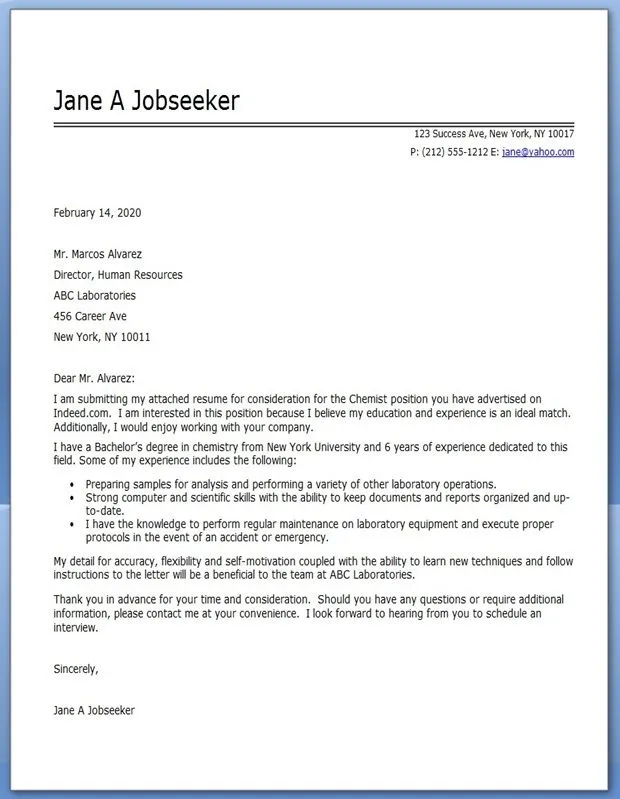What is a Scientific Report Cover Letter?
A scientific report cover letter is a formal document that accompanies a scientific report. It serves as an introduction to the report, providing essential context and highlighting key information for the recipient. Unlike a simple email, a cover letter offers a structured way to summarize the report’s purpose, findings, and significance. It’s a critical element in scientific communication, as it sets the stage for the reader and helps them understand the report’s value quickly. The cover letter acts as a bridge, connecting the complex details within the report to the reader’s understanding and expectations.
Importance of a Scientific Report Cover Letter
The cover letter is more than just an optional extra. It is a vital tool in effective scientific communication. Its importance lies in its ability to provide a concise overview of the report’s content, enabling the recipient to quickly grasp the essence of the research. This is especially crucial in today’s information-saturated world, where scientists and reviewers often have limited time. A well-crafted cover letter helps the reader decide whether to prioritize reviewing your report. It establishes the context of the research, clarifies the report’s objectives, and emphasizes the main findings. It also helps build credibility and professionalism, signaling that you have thoughtfully prepared the report.
Key Components of a Scientific Report Cover Letter
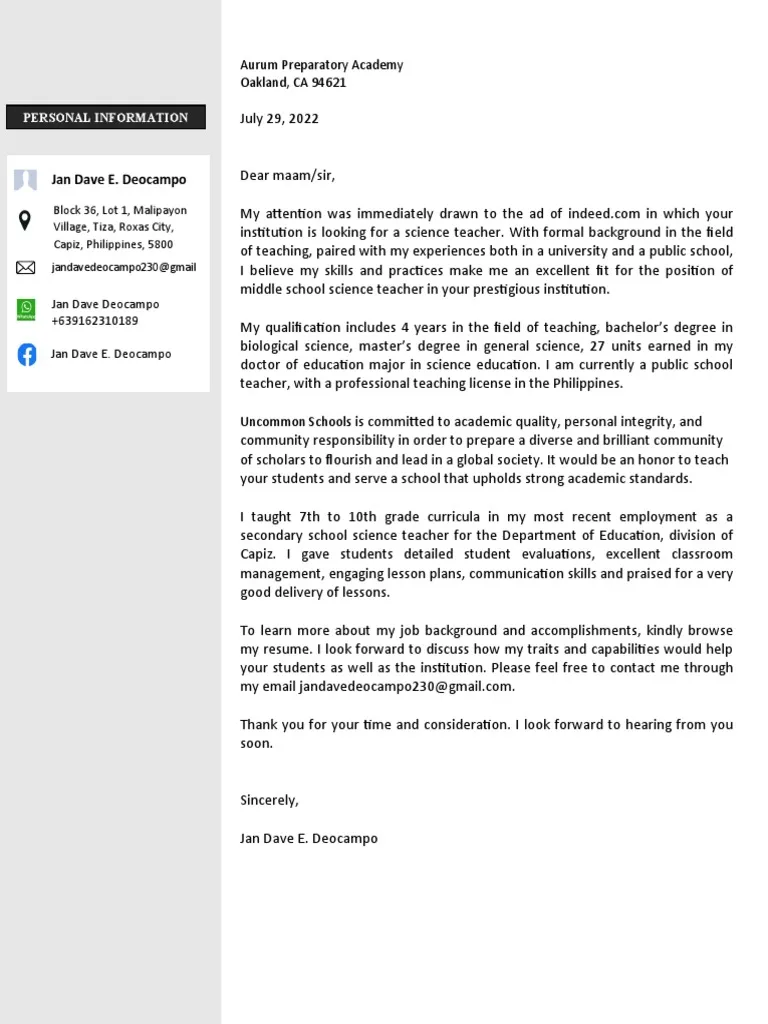
A strong scientific report cover letter is structured clearly, providing all necessary information in a logical and easy-to-follow manner. The essential elements include contact information, recipient information, salutation, an opening paragraph, a concise summary of the report’s purpose, a highlight of the main findings and methods used, results and their interpretation, a brief explanation of the research’s significance, a concluding paragraph, and a professional closing. Each component plays a crucial role in ensuring the letter is clear, concise, and persuasive, effectively communicating the report’s value.
Contact Information and Date
At the top of your cover letter, begin by including your contact details. This should include your name, affiliation (if applicable), address, email address, and phone number. Following your contact information, add the date. This information ensures the recipient can easily contact you and provides context to the submission date. Maintaining the date makes record-keeping and tracking of your report much easier.
Recipient Information
Below your information and the date, include the recipient’s details. This typically involves the recipient’s name, title, and the institution or journal they represent. Addressing the cover letter to a specific person, such as the editor or a named reviewer, shows that you have taken the time to personalize your communication. Ensure the recipient’s details are accurate to maintain a professional tone and prevent any misunderstandings.
Salutation
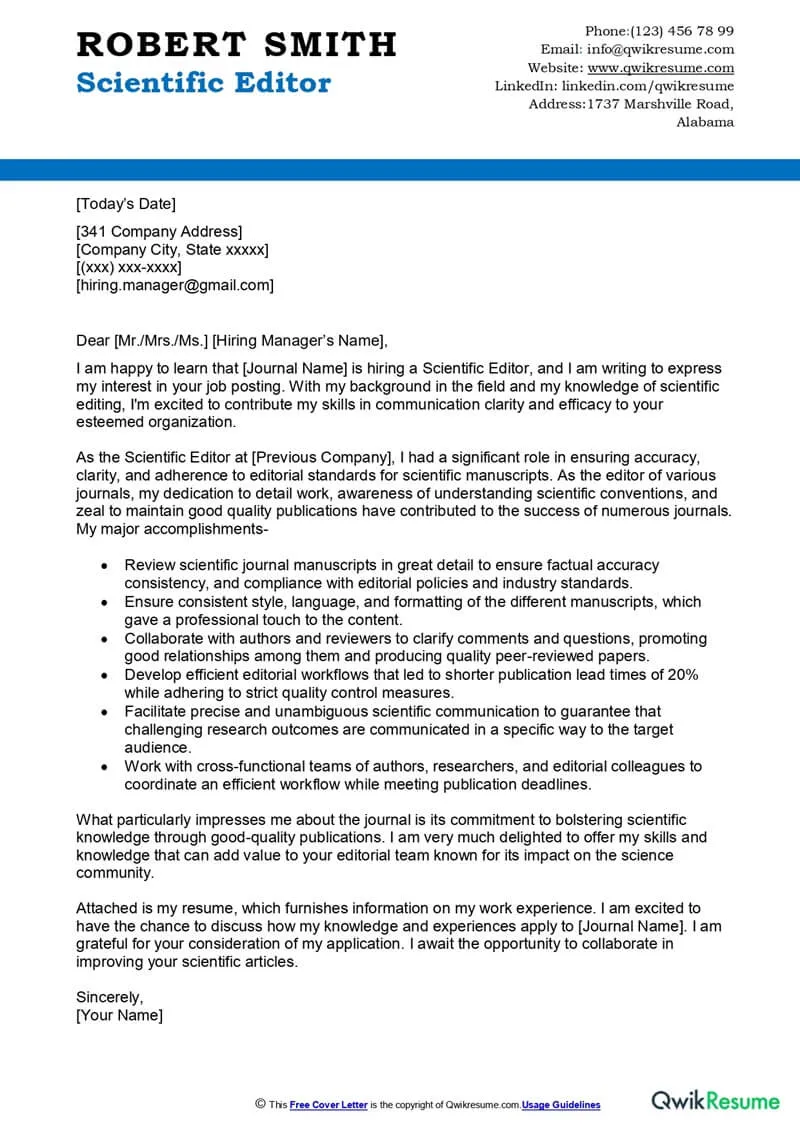
Start your cover letter with a formal and respectful salutation. Use ‘Dear Dr. [Last Name]’ if you know the recipient’s name and title. If you are unsure of their title or name, use ‘Dear Editor’ or a similar appropriate salutation. Avoid overly casual greetings. Maintaining a professional tone from the start sets the right tone for your communication, ensuring that the recipient views your report seriously.
Opening Paragraph
The opening paragraph of your cover letter should briefly introduce the purpose of the communication. State clearly that you are submitting a scientific report or manuscript. Mention the title of the report. If submitting to a journal, specify the journal’s name. This introductory section should set the context of your submission, giving the reader a clear understanding of what they are about to review. Keep the opening concise and straightforward.
Purpose of the Report
In the body of your cover letter, clearly state the purpose of your scientific report. Briefly explain the research question or problem you investigated. Provide context for your study by outlining the background and objectives. This helps the recipient understand the study’s goal, which is essential for placing the report within the broader scientific context and assessing its relevance and significance.
Main Findings
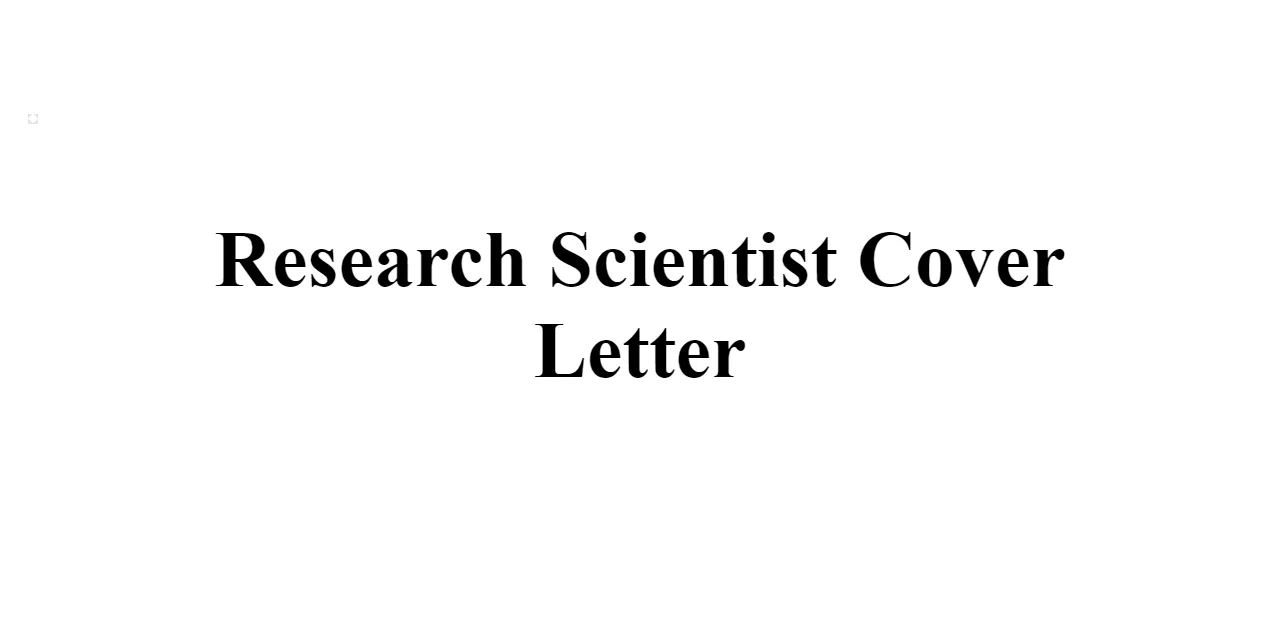
Summarize the main findings of your research in a concise and impactful manner. Focus on the most significant results and their implications. Highlighting these key results immediately grabs the recipient’s attention and quickly communicates the value of your research. Avoid including too much detail; focus on presenting the key takeaways.
Methods Used
Briefly mention the core methodologies used in your research. This helps the reader understand how your findings were obtained and the validity of the data. The methods section should provide enough detail to give the recipient a general understanding of your approach. Avoid excessive technical details; the goal is to provide context without overwhelming the reader.
Results and Interpretation
In this section, elaborate on your main findings by briefly interpreting their significance. Link your results to the research objectives and explain their implications. Indicate how your findings contribute to the existing body of knowledge. The goal is to show the reader the meaning and implications of your work within the broader scientific context, reinforcing its value and importance.
Highlight Key Results
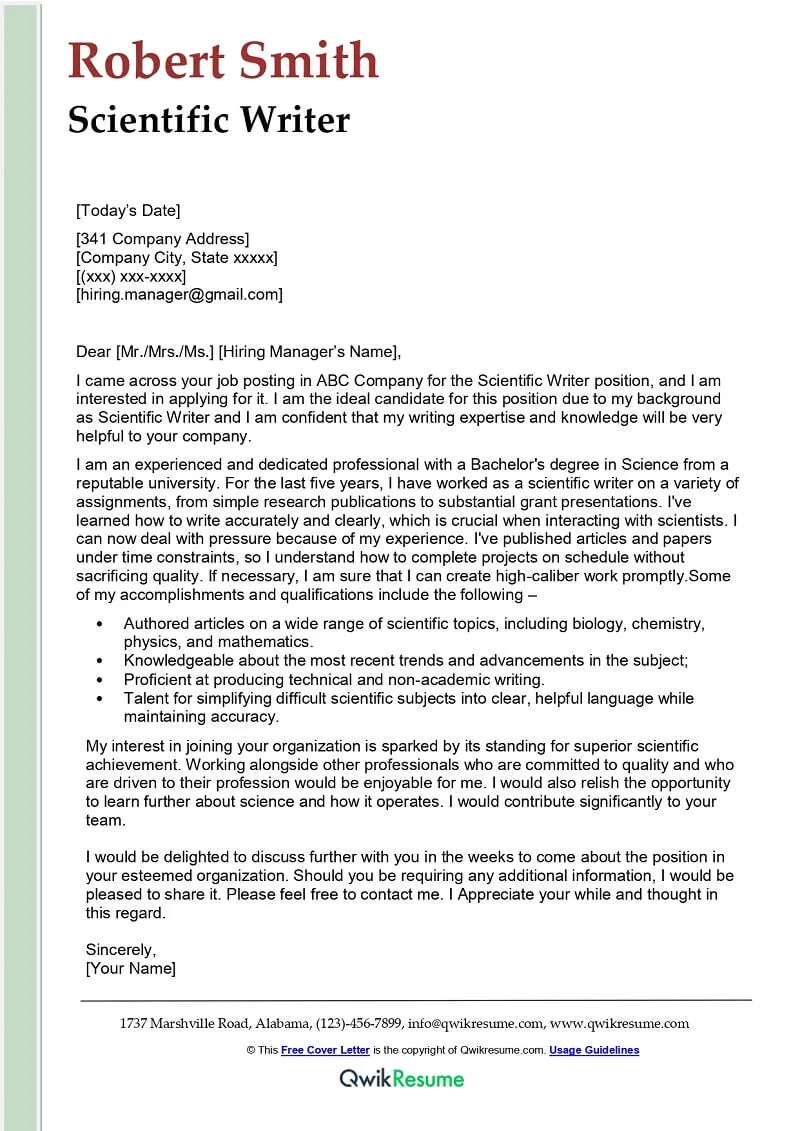
Directly highlight the most critical results to capture the recipient’s attention. Use clear and concise language, emphasizing what is new or significant about your findings. Present these results with clarity and impact, making sure the recipient can readily grasp their importance. This ensures your most essential discoveries stand out, making a compelling case for your report.
Briefly Explain the Significance of the Research
Concisely explain the broader importance of your research, addressing its potential impact or contribution to the field. Explain how your findings advance scientific understanding, address practical issues, or open new avenues for exploration. Demonstrating the significance increases the reader’s interest, highlighting why your work is relevant and valuable to them or the scientific community.
Concluding Paragraph
In your concluding paragraph, summarize the main points of your cover letter and the attached report. Restate the purpose of the report, highlight your key findings, and reiterate the significance of your work. Concluding with a strong summary reinforces your core message. This confirms your research’s value and impact, making a lasting impression on the recipient.
Offer to Provide Further Information
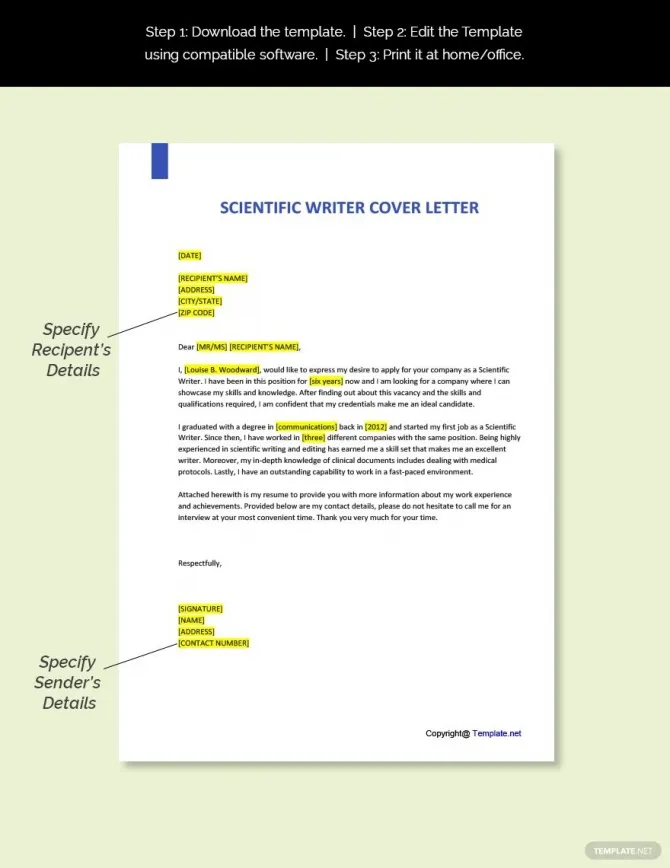
Offer to provide any additional information that might be required by the recipient. This indicates your willingness to support your research and is a sign of your commitment to clear communication. Include your contact details once more, ensuring the recipient can easily reach you. This shows that you are readily available for any questions or clarification.
Express Gratitude
Show your appreciation to the recipient for their time and consideration. Thank them for reviewing your report or manuscript. Expressing gratitude is a gesture of professionalism and courtesy. It builds a positive relationship, encouraging a favorable response from the recipient.
Closing and Signature
Use a professional closing such as ‘Sincerely’ or ‘Best regards’. Follow this with your typed name. If sending a physical letter, leave space above your typed name for your signature. A formal, professional closing and signature complete the cover letter and create a final impression of seriousness and integrity.
Formatting Your Cover Letter
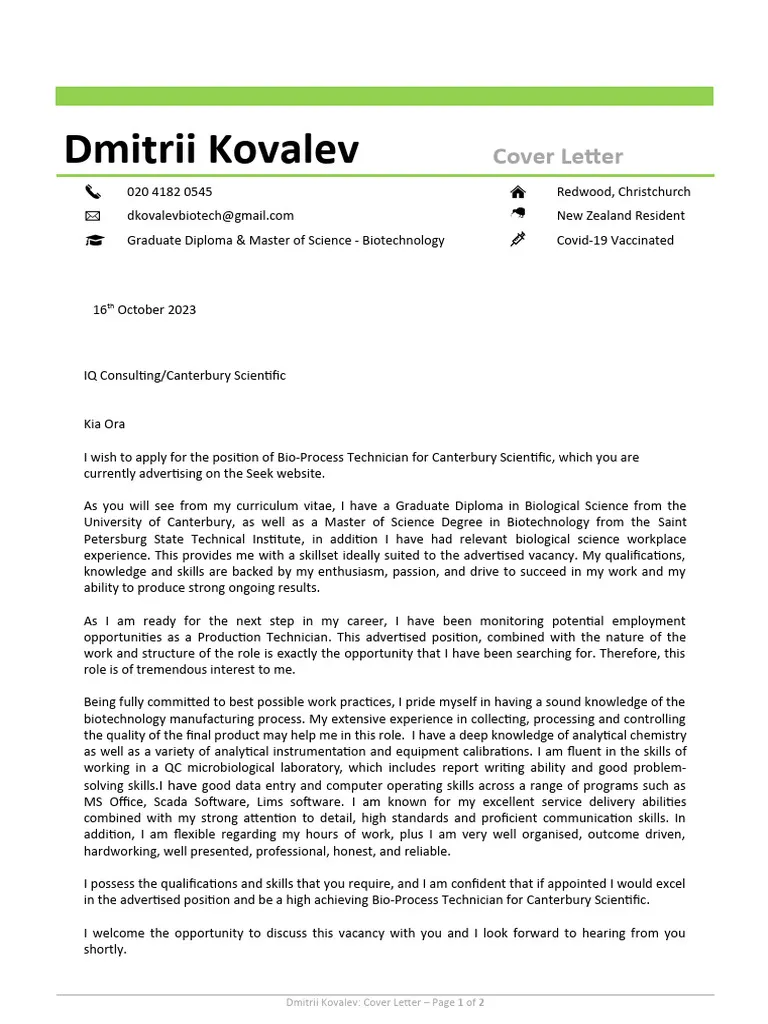
Correct formatting is essential for a professional-looking cover letter. This includes using a readable font and ensuring proper spacing. A well-formatted letter is easy on the eyes, conveying attention to detail, and increasing the likelihood that your letter will be read and understood. Adhering to formatting guidelines demonstrates respect for the recipient and underscores your commitment to precision.
Font and Spacing
Use a standard, readable font such as Times New Roman, Arial, or Calibri. Keep the font size between 10 and 12 points. Double-space the body of your letter for enhanced readability. This ensures the text is easy on the eyes. Consistent, clear formatting improves comprehension, especially if your recipient is reviewing numerous submissions.
Proofreading and Editing
Thoroughly proofread your cover letter for any grammatical errors, spelling mistakes, or typos. Ensure the language is clear and concise. Edit the letter to eliminate any redundancies or unnecessary words. A well-edited cover letter shows your attention to detail, increasing the credibility of your report. Proofreading verifies that your message is correctly communicated.
Tips for Writing a Compelling Cover Letter
Crafting a compelling scientific report cover letter requires careful attention to detail, clarity, and professionalism. Tailoring your letter, keeping it concise, highlighting your relevant skills, and proofreading diligently are all crucial strategies. These approaches ensure that your cover letter not only meets the recipient’s needs but also effectively communicates the value of your work.
Tailor Your Letter
Customize your cover letter for each report or journal submission. Reference the specific requirements or guidelines of the journal or recipient. Personalizing the letter to the recipient shows your commitment and increases the likelihood of a positive response. Adaptation demonstrates attention to detail, helping to make your communication more effective.
Keep it Concise
Keep your cover letter brief and to the point. Aim for one page, focusing on the most important information. Readers, especially those in science, value clarity and efficiency. Be concise and to the point, respecting the recipient’s time and ensuring they readily absorb the key details of your report.
Highlight Relevant Skills
Emphasize any skills or experiences directly related to the report. Mention your familiarity with the research area, the methodologies used, or the context of the work. By spotlighting your capabilities, you create a compelling case for your research and indicate you are a suitable authority in the subject matter, strengthening your credibility.
Proofread Carefully
Always proofread your cover letter meticulously before submitting. Ensure there are no grammatical errors, spelling mistakes, or typos. Errors detract from your professionalism, making the recipient doubt the quality of your work. Careful proofreading ensures your letter presents your research in a polished and convincing manner.
Example Scientific Report Cover Letter
Providing an example is crucial for demonstrating what a cover letter looks like. This gives the user a template to adapt, allowing them to incorporate each of the discussed elements into a practical application. Review the given example, and use it as a starting point. Tailor it to fit the specifics of your research and the needs of the journal or institution to which you are submitting.
Common Mistakes to Avoid
Avoiding common pitfalls can significantly enhance the effectiveness of your scientific report cover letter. These include using generic language, failing to proofread, ignoring submission guidelines, writing overly long letters, and neglecting to highlight key findings. Being aware of and avoiding these mistakes helps in creating a clear, professional, and persuasive cover letter that effectively communicates the value of your research.
